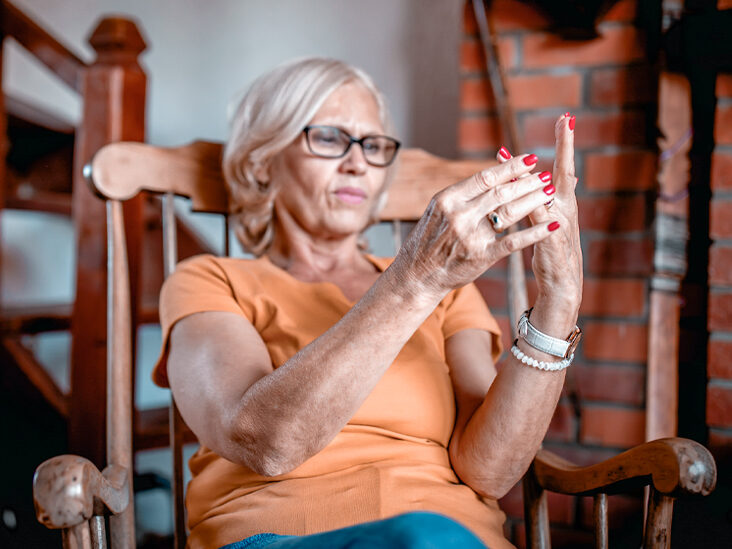
Arthritis affects people in many different ways. The two main types of arthritis (Osteoarthritis and Rheumatoid Arthritis) can both be debilitating, and finding ways to relieve the symptoms can be difficult.
We’ve compiled some actionable points that you can start doing right now to help relieve the worst symptoms of arthritic conditions.
Identifying Symptoms of Arthritis
Before we get into the nitty gritty, it’s good to know what you’re dealing with before you embark on a treatment strategy. Diagnosing symptoms yourself is possible, but it’s not recommended. Visiting a healthcare professional or physiotherapist is the way to go to get an expert opinion. Here are some telltale signs to look out for:
- Pain and Inflammation – especially around the joints
- Stiffness of the joints, and muscles
- Aching of muscles and joints after movement
- Loss of mobility – eg difficulty getting dressed
- Tenderness – particularly around affected joints
Improve your diet
One of the main factors that affect our bone health and overall wellbeing is what we eat. When it comes to relieving symptoms of arthritis, a solid diet is crucial in giving your body the fuel it needs to support a healthy and robust immune system. A strong immune system contributes to overall health and well-being, and helps you remain strong, active, and mobile. Boosting overall well-being through a balanced diet with plenty of fruit, vegetables, whole foods, and foods with high antioxidant content can help reduce inflammation – one of the main symptoms of arthritis.
Watch your weight
Extra weight can be tough on the joints. Multiple studies show that obesity is strongly linked to arthritis, and the ways it does this is many-fold:
- Extra weight increases pressure on joints, and if the joints are already fragile, or under stress from repetitive physical activities – this can compound the issue.
- Fat is chemically alive – producing inflammatory proteins within the body. Losing excess body weight can greatly assist the body in reducing inflammation – especially around vulnerable joints.
- Excess weight takes a toll on overall health and well-being – thus creating a vicious cycle of inactivity, and taking a nasty toll on mental health.
But there’s good news here too. By reducing body weight by just 10%, you can effectively cut arthritis pain in half.
Stay active
This goes hand-in-hand with everything else. Staying active works wonders on your body and will help reduce inflammation, while also keeping your body limber and mobile. Whether that’s doing a team sport on the weekends, joining a gym, or doing a home-exercise routine – extra activity is a welcome addition to any arthritis pain management plan. If you’re already suffering from arthritis, try to focus on low-impact activities such as:
- Swimming
- Walking
- Yoga
- Walks
- Cycling
Get to the Physio
If you’re experiencing symptoms and want to get ahead with a solid action plan and professional advice, get a qualified physiotherapist on board. They’ll help to diagnose and treat the symptoms with a targeted plan that will give you more confidence in exercising on your own. For example, a physio for hip pain can assist in regaining mobility, easing inflammation, increasing strength and flexibility, while also giving you the tools to practice a healthier lifestyle. Physiotherapy for arthritis is recognised as one of the most effective treatment options for long-term pain and mild symptoms alike.
Simple At-home Exercises to Relieve Inflammation
Sometimes the best good practices are the ones you get into a habit of doing on your own. While visiting a GP or personal trainer may be good for advice and on-the-spot training, easing symptoms often comes down to daily routines and habits – exercise being one of them. Even if it’s five or ten minutes each day – regular stretching or light activity can go a long way in lubricating joints, improving flexibility, and increasing range of motion. Sometimes that extra flexibility is all you need to feel like you’re on top of your day. Here are a few ideas to get you started:
- Move your joints – start slowly and rotate your foot in circles, then loosen the hips and knees.
- Do hand and forearm stretches – great for getting the blood moving and they feel fantastic.
- Do a quick yoga routine – there are plenty of YouTube videos out there to choose from.
If you feel like the pain is increasing, cease immediately, and if pain persists contact your healthcare professional.
Indulge in a Massage
Whether it’s a full body massage, or a simple foot or back massage, this can be a game-changer – even if it’s just for that day. Massages are proven to ease inflammation, increase blood circulation, and do wonders for tight joints, and muscles. If you find the time, book yourself in – you may be surprised at how much tension you’ve built up over the day.
Remember to Keep it Soft and Smooth
It may be best to steer clear of the most aggressive massage practices – these can often be quite full on and use a lot of pressure – which isn’t ideal for arthritic joints. Stick to softer forms, and inquire about massage for arthritis – a highly effective way of relieving pain and inflammation in joints. Remember, your physiotherapist is still the best health professional to provide manual treatment to your body, so if you have any concerns, don’t hesitate to get professional help.
Occupational Therapy
Arthritis can severely impair the way we interact with the world – with joint pain, weakness, and pain some basic tasks like getting dressed and brushing teeth can become difficult. Enter occupational therapy – this practice helps you take advantage of systems, equipment and devices to make your life easier, if it’s at work or home or in between. Whether it’s through special training, physical support, or simply changing how you work, there are many creative solutions in managing arthritis.
Try Meditation and Relaxation Techniques
Stress is one of the major factors that exacerbate arthritis symptoms. It can also be caused by arthritis itself – so be careful with this one. Stress tightens muscles, which puts more pressure on joints and can cause fatigue and sleeplessness. It can also affect your mental health.
Relaxing the body is a fundamental starting point to any arthritis treatment. Taking the time each day to engage in mindfulness exercises even coupled with some slow and controlled movement can do wonders for anyone worried about worsening symptoms.
Visit your local physio today
Want to kick start your journey to symptom-free life? Start now by contacting your local physiotherapist, they’ll be able to run you through some helpful exercise plans and get you started on a tailored pain management plan.




